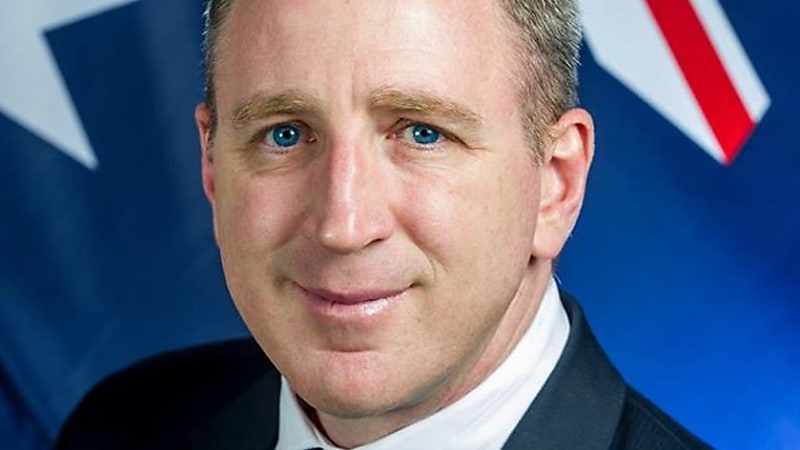Super overhaul: Will longevity products and cohorts change retirement planning?
The Albanese government has put forward a bold proposal to tackle the challenges of Australia’s swelling retirement pool, in an effort to allow superannuation funds to play a more active role in shaping members’ retirement outcomes.
A confidential document circulated among super funds and industry bodies, and seen by SMSF Adviser, outlines a set of voluntary best practice principles designed to ensure funds can keep pace with rising withdrawals.
The principles, building on current regulations, are divided into three key categories: deepening funds’ understanding of members’ needs, offering modern and tailored retirement products, and providing clearer information to help members make informed decisions.
“The overall objective of the principles is to provide guidance on voluntary best practice beyond those requirements set out in the Covenant and broader trustee obligations,” the document said.
“The principles are not exhaustive, and trustees may wish to develop and offer retirement income solutions that extend on the principles to provide exemplar product and service offerings to their members. The principles do not replace or vary trustee obligations under existing law.”
The most contentious aspect of the proposed principles is the push for longevity protection under the ‘Providing quality retirement income solutions’ framework.
Essentially, super funds are being encouraged to embed longevity protection into retirement income plans for members with average balances over $200,000, with tailored drawdown pathways to help maximise their account-based pension component.
“A longevity protection product provides the member with a regular income for a number of years (fixed-term) or for the rest of their life (lifetime),” the document said.
“Common features may include regular payments that increase in line with inflation or in line with financial performance from a pool of assets.”
The financial services industry is viewing this as a reintroduction of annuity products and a move towards superannuation standardisation, which could reduce the level of choice for members.
Speaking to SMSF Adviser, Naz Randeria, managing director of Reliance Auditing, said: “The government effectively want to reintroduce an annuity product – a defined benefit at the end of the day. Feels like a Putin measure.”
Luke Howarth, the shadow assistant treasurer, also raised concerns that Labor’s proposal could strip Australians of their choice in retirement planning.
Responding to the document, he told SMSF Adviser: “As far as I’m concerned when it comes to superannuation and retirement age, it’s all about choice. The individual choice of Australians, they should be able to take their super as one lump sum if they want, and spend it how they wish.
“Treasury officials, super funds, and government, shouldn’t legislate to lock in anything that doesn’t involve Australians having a choice in how they spend their own money.”
Remaining takeaways for funds
The proposed principles also urge funds to create three distinct retiree cohorts – including at ages 50-55, 65, and 67 – tailoring income solutions to meet the unique needs of each group. The document emphasises that all members approaching or in retirement should be classified into cohorts, ensuring more personalised and effective retirement outcomes.
Moreover, they are urged to boost clarity and support for members by, among other things, including retirement income estimates on member annual statements, and allowing access to easy-to-use digital tools. The guidelines also push funds to link members to financial advisers where a member requires assistance beyond the scope of the fund’s intra-fund advice offering.
Ultimately, according to the document, the principles are intended to “complement trustee obligations, and articulate a voluntary higher standard beyond those obligations, to support industry progress towards a clear understanding of best practice”.








